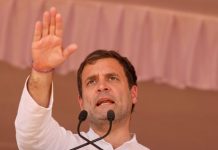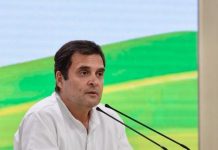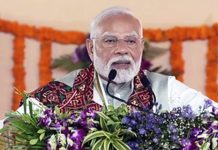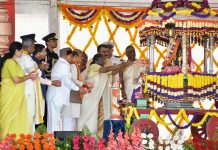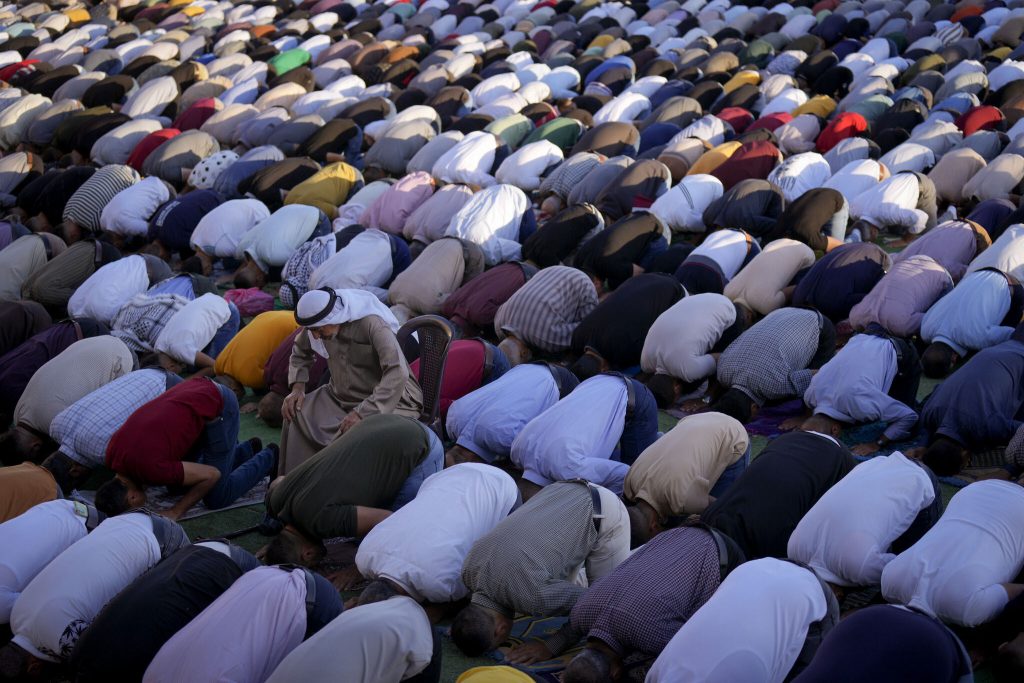
In recent weeks, one heard movie-goers’ reactions after they watched ‘The Kerala Story’, and they have been on the expected lines. Films are being made to paint the community in the darkest hues.
One news report after another of supposed lovers or the live-in partners not just killing their partners but also chopping and cutting those human forms and then throwing about those cut pieces! Sheer madness! Yes, nothing short of madness.
Love affairs and the invariable fallouts have been taking place ever since human beings took off! But inevitable fall outs led to crying and sobbing sessions, followed by depression and nervous breakdowns and much more along the strain.
Rarely did one get to hear of this level of barbaric killings of partners taking place today, in these so called developed times. Perversions and frustrations and frenzied madness seem to be hitting many. Though reasons for this madness could be several but one of the prime reasons could be what’s screened on the big and the small screens.
Violence and frenzied urges and perversions, together with twisted notions and misconceptions hovering around. Not happening overnight. But definitely reaching the unthinkable limits now, in these recent years. What, with the commercial lobbies and vested political interests not just giving the go-ahead and fillip and but much more.
It gets significant to detail that several years back, bureaucrat of the J&K cadre, Parvez Dewan, was one of the first to have researched on what’s portrayed cum relayed, through Bollywood films and television serials.
And his findings exposed some very harsh truths vis-a-vis the lopsided notions and misconceptions of the ‘other’. According to his findings:
Christians are shown in a particular negative light with their men drunk petty criminals and women in skirts that bare … women with loose morals and the smoking-drinking types. Sikhs are generally portrayed as well-meaning dullards. Dalits and the tribal community in another shade of the make-believe. Parsis are portrayed as silly and old. The Chinese settled in India are usually portrayed as evil and shown as gangsters. Muslims in another set of negatives hovering around them; invariably the villain in the movies and serials equipped with a Muslim name or surname! Muslim men shown in typically ‘Muslim’ attire. They are either old, handicapped, subordinate, sterile, impotent or homosexual. If they are not any of these, then they are producing too many children. Less than 20 per cent of the Muslim men are portrayed as young but even in this category they are depicted not only as backward but as fundamentalists, mazhab ke pakke, so much so that many of the opening shots start with a Muslim offering namaaz. Another trend, since the film Tezaab, is the portrayal of Muslim men as terrorising the local population.
****
I’d met and interviewed actor Farooq Sheikh twice, once in the 90s and then around 2004 – 2005. He had lashed out to the wrong portrayal of Muslims in the Bollywood films. “Film makers in Bollywood have little concern to show the actual and real haal and halaats that an Indian Muslim is going through…the actual condition of the Indian Muslims…Film-makers in Bollywood have big budgets but little sensitivity towards relevant issues.
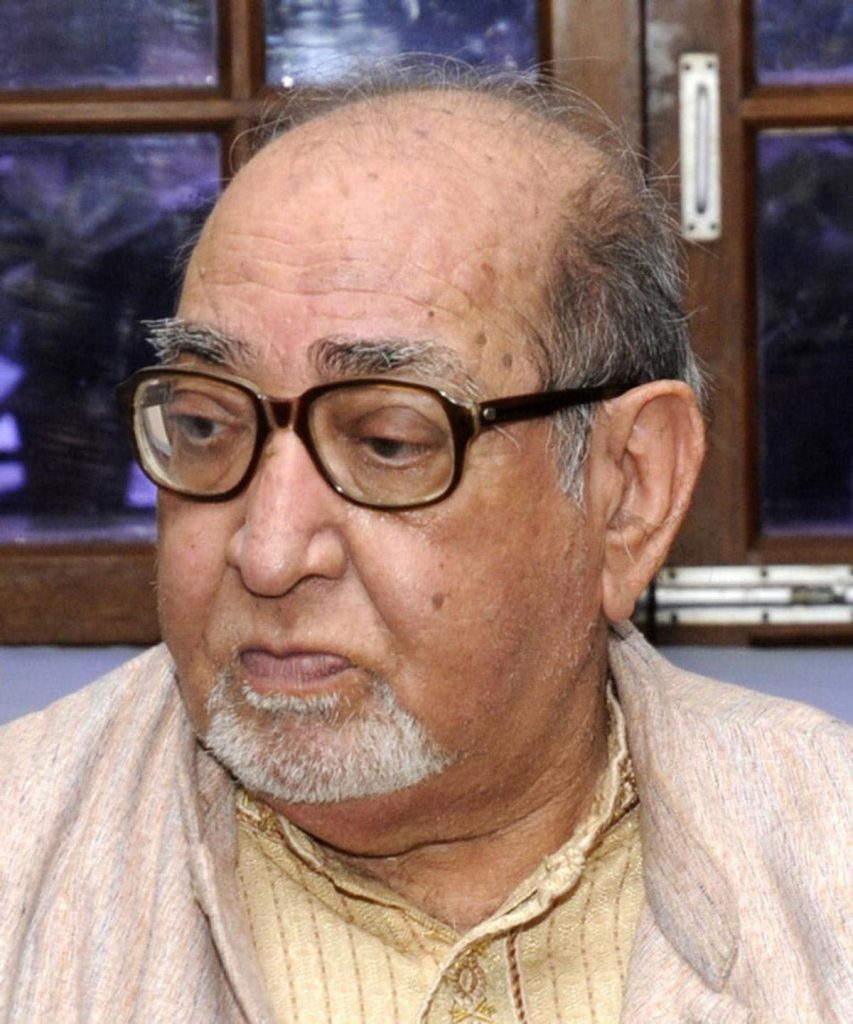
“Today, cinema has become a commodity to be sold. Community perceptions in our films have always centred around stereotypes: the Christian character is a girl dancing or wearing short skirts, with ample indications that she’s a fast girl, Farooq Sheikh said, adding, “The Parsee is shown as blundering. The Sikh is either a soldier or eating parathas. In the case of Muslims, the characters are hardly believable. Why do they portray the Muslim man to be wearing a lungi and a vest or as a ghaddar! Sometimes, as an exception or token, one of them will be shown as patriotic so that the entire community is not misunderstood. The other stereotypes — with 300 adaabs in one film and women wearing ghararas or cooking qormas — are also absent in an average Muslim household.”
He detailed that Bollywood was no place for sensitivities: “Film industry and film making is just a dhanda today …sheer money making thing, so all this doesn’t really bother them…Today there are no film producers like K Asif, Guru Dutt, Bimal Roy, Mehboob sahib…Mehboob sahib had no money yet his passion drove him to make films. And Bimal Roy lived in a rented accommodation all his life. Or the fact that it took M.S. Sathyu took 20 years to repay the debt he took to make Garam Hawa. That level of commitment and passion and sensitivity is missing in today’s film producers.”
****
Today the situation gets compounded and dangerous. What, with commercial films made to aggravate and further expand the divides and gaps between communities.
Well, reactions along the expected strain:“Yeh picture dekh kar Musalmano se darrr lag raha hai !” (After watching this film, feeling scared of Muslims!)
We have reached such horrifying, dark times when films are being made to portray the Muslim community in the darkest hues. The actual-factual factors are getting side-lined and bypassed in the agenda-mission-motive to intensify communal polarization and divides.
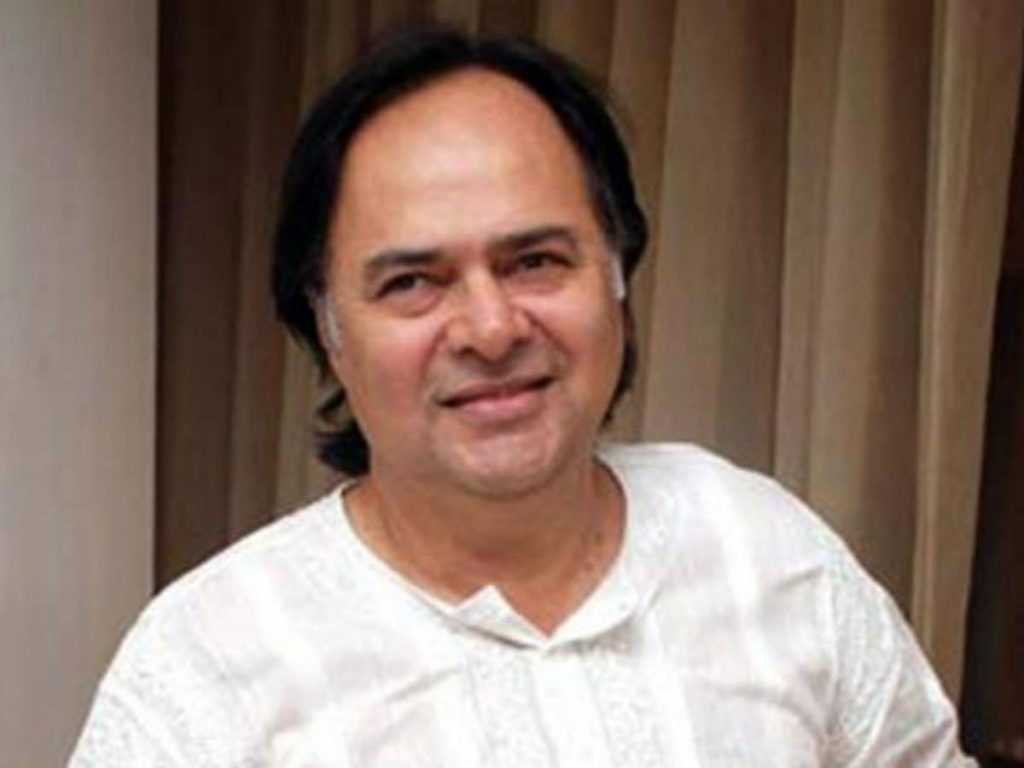
Another vital aspect that stands out in today’s polluted atmosphere is this stark reality: where are the occasions for any of the interactive sessions between the Muslims and non-Muslims to get-set-going to clear the communal poison around! After all, you get to interact with each other only when you are on par. A middle-class Hindu and a Muslim can only talk or walk or eat together if they are living in the same block or in the opposite building, or working or studying together. But with lopsided ratios on these fronts, when and where to interact with each other! And not to overlook moral policing brigades and the private senas unleashed in several states to thrash Muslim men if they dare to befriend Hindu women.
Today myths and misconceptions are afloat about the Indian Muslims. Needless to say that there should have been an immediate halt to these. If misconceptions about the Muslim community could stand corrected, then communal divides would automatically lessen. But seemingly, the political lot do not want the divides to dwindle. For them, political strategies would flop!
It is indeed unfortunate that we aren’t speaking out, coming out with the stark basic fact and that is: a person who terrorizes does not belong to any faith. He is a foot soldier. Used by political powers and the agencies and the mafia. Presumably he does not follow any faith. As no religion sanctions killings or destruction.
During the course of an earlier given interview with me, sociologist Professor Imtiaz Ahmad stressed, “ The term Islamic terrorists is a misnomer and should be avoided, as it’s used by vested political interests in India to drive a wedge between Hindus and Muslims.” Professor Ahmad was emphatic that it’s a misconception that more and more Muslims are taking to violence: “No, it is not that more and more Muslims are turning into militants. Worldwide there are many other forms of militancy and terrorism that are equally aggressive and widespread. In our own country we have had and continue to have militancy in Kashmir and in the North-East, to name two persistent forms of militancy in recent years. Outside the country, within the South Asian region, we have had terrorism in Sri Lanka and Nepal. Further away there are also Muslim militants who are fighting against regimes which are wholly or largely Muslims. It is ironic that following September 11, the world seems to have forgotten that there are these other terrorists. Partly, because the US-led war has put the focus on Muslims and partly because Muslims are more widespread, the impression is gaining ground that more and more Muslims are turning terrorists. Actually more and more people in the entire world are turning into terrorists.”
And when the late scholar-activist, the late Asghar Ali Engineer, was addressing a meeting in New Delhi, he was asked for reasons for Muslims turning to terrorist activities. This is what he had to say : “These acts of terrorism are political and are not religious…It is important to analyse the reasons behind terrorist attacks. And the fact is that there are extremist fringes in each community…And there wasn’t that hue and cry when Tamil rebels indulged in violence in Sri Lanka or when Irish rebels did the same in the UK!”
Why Islam, the religion, is linked to violence, he countered it by giving one example after another to prove just the contrary. Talking of the period of early Islam, he gave examples of how the Prophet had discouraged violence of any type and showed compassion even to his enemies, so much so that when he had conquered Mecca, there wasn’t a drop of blood shed and he’d pardoned even those who had attacked him or his men. He had even pardoned a woman who had not just killed his uncle but even chewed his liver. There’s been one instance after another focusing on compassion. Violence is totally discouraged in Islam, except in cases of self-defence.”
Several years back when Muslims in the Middle-East reacted rather too fiercely to the series of offensive cartoons, by attacking and burning of the Danish and Norwegian embassies, the Qatar based Shaikh Yusuf Alqarzadi, a highly respected religious leader, condemned the violent attacks. He appealed to the Muslims to express their unhappiness over the offensive cartoons in a ‘decent and civilized’ manner: “I cannot condone destruction and arson because they are against basic human decency and against the teachings of Islam.”








